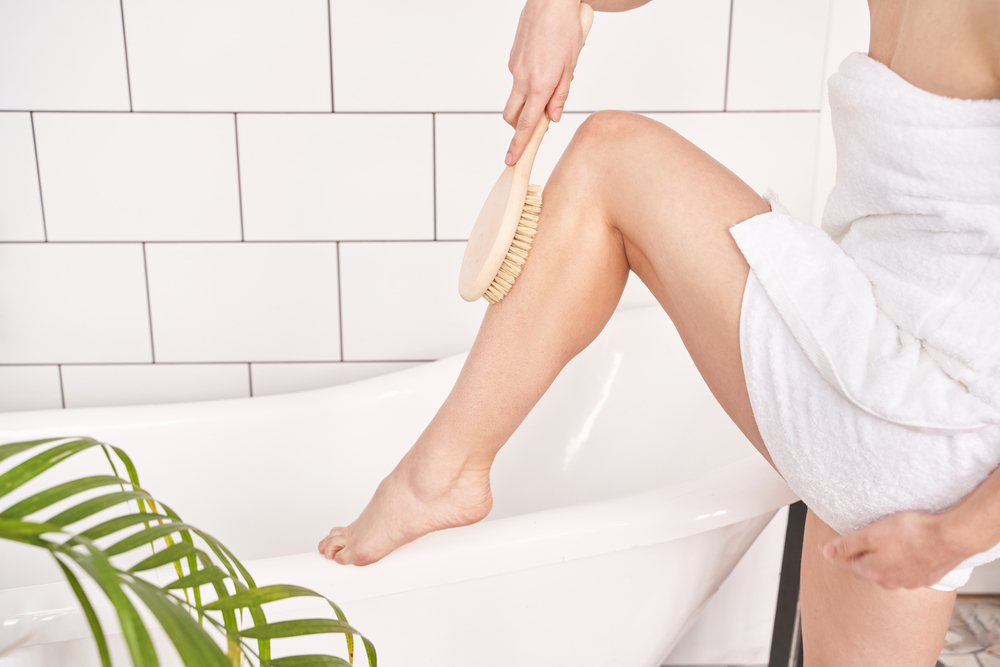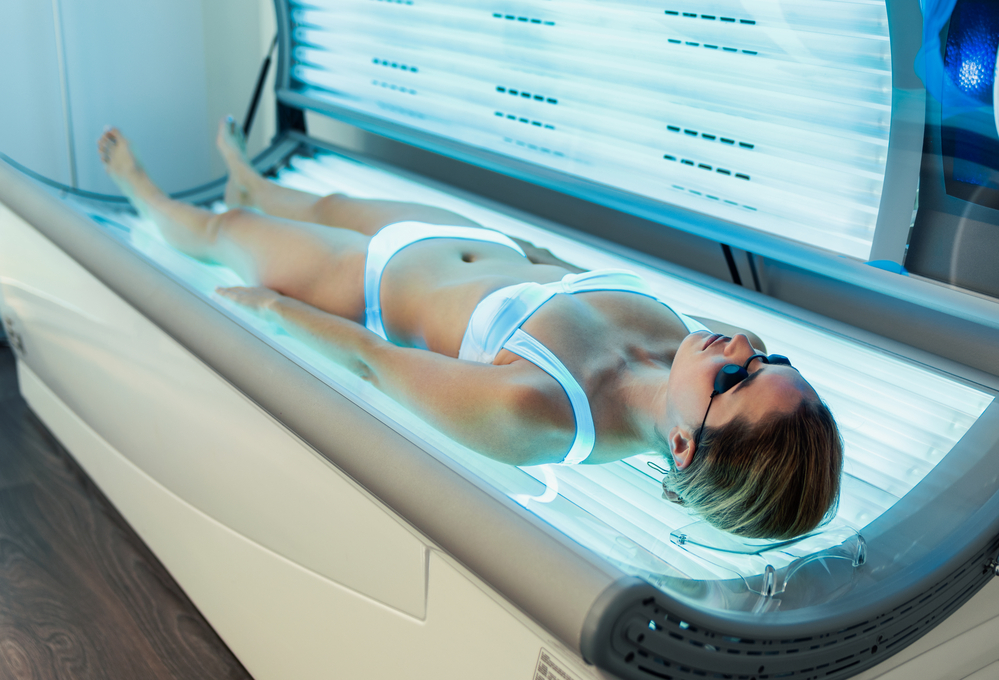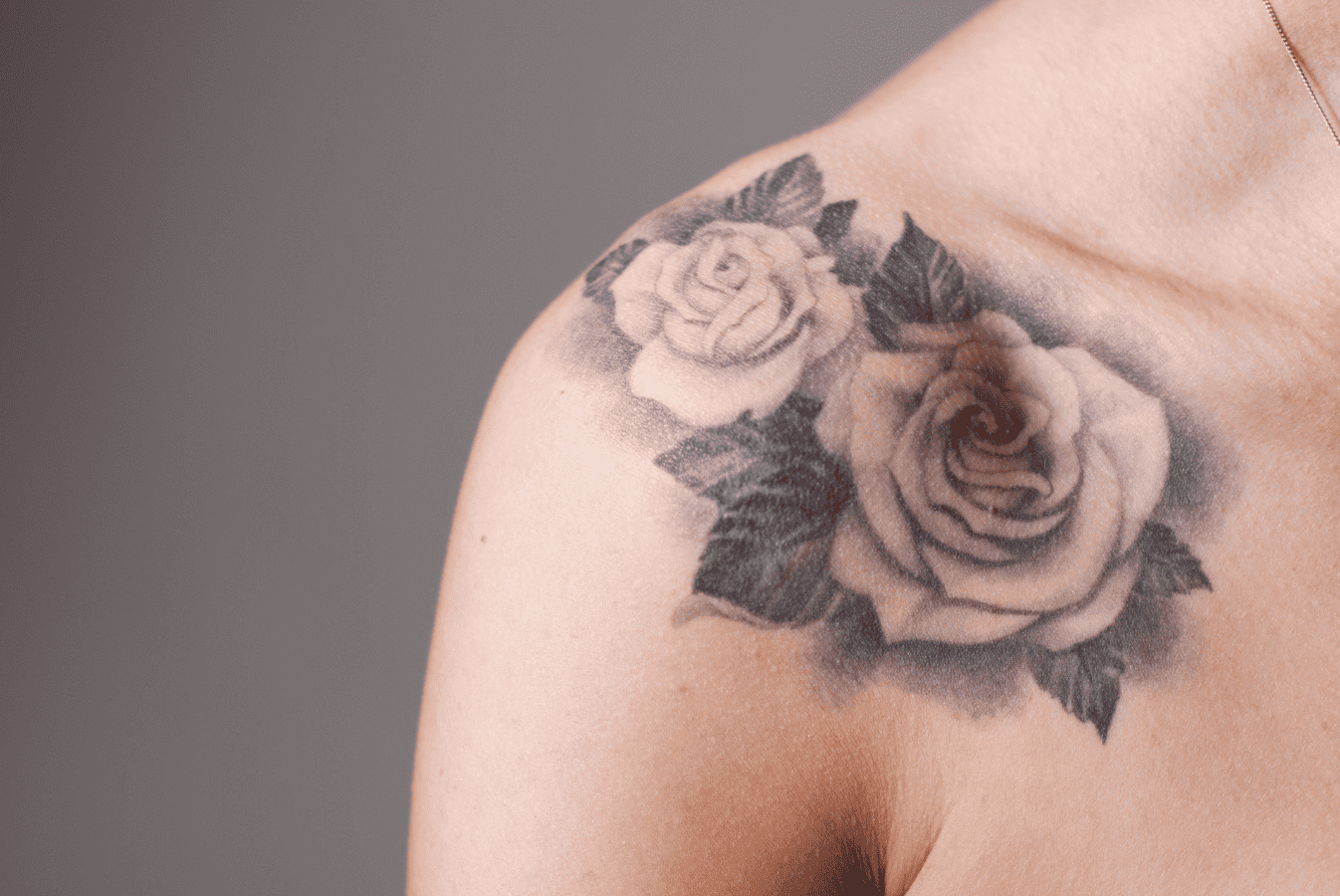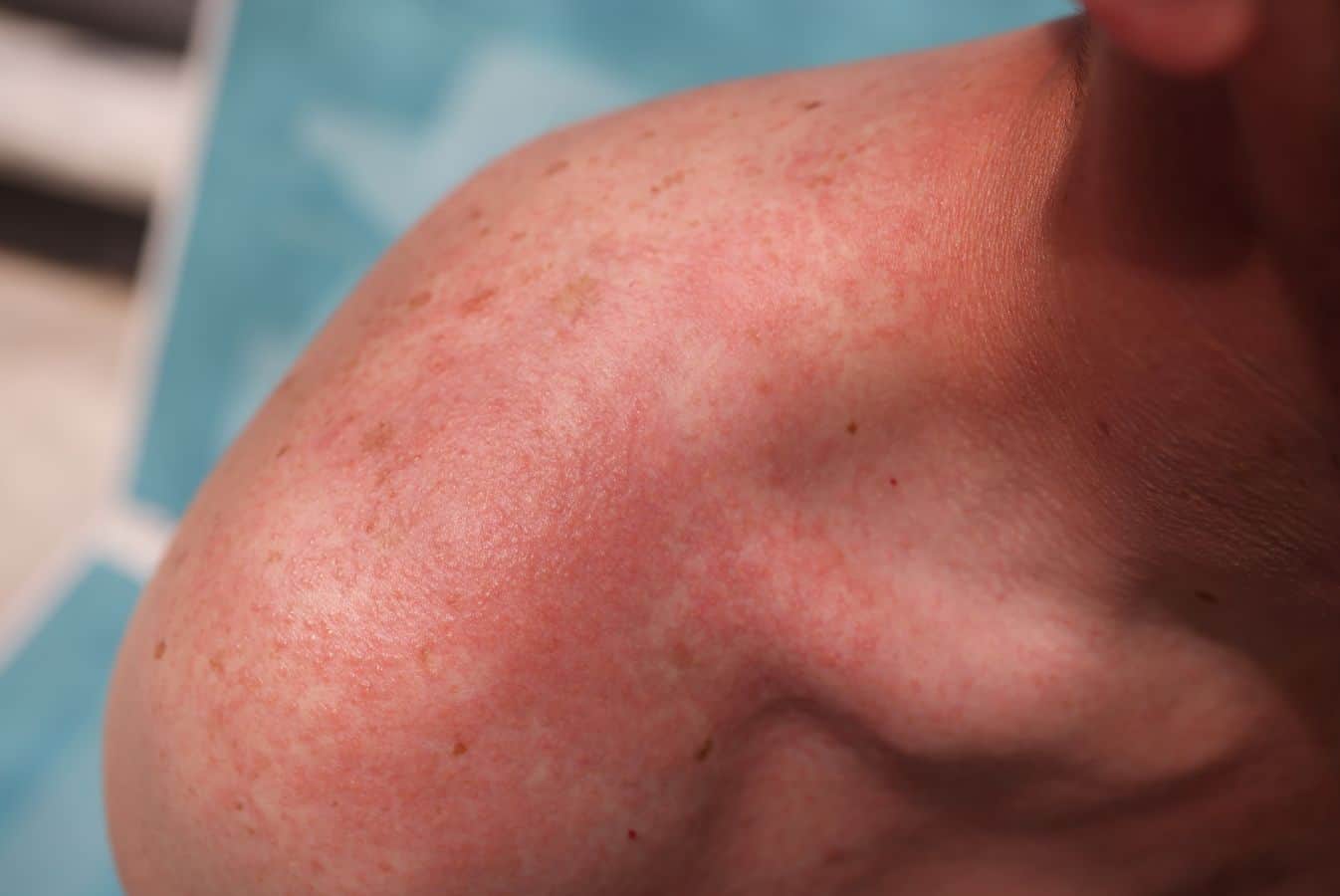Everyone desires that perfect golden glow on their legs, but achieving it can be quite a challenge. Say goodbye to uneven skin tone and hello to beautifully bronzed legs with our comprehensive guide. We’ll dive deep into the challenges of tanning legs, the importance of pre-tanning leg preparation, the best tanning techniques, and essential post-tanning leg care. Get ready to flaunt your flawless tan legs with confidence!
Table of Contents
The Challenges of Tanning Legs
Tanned legs can be a bit elusive, especially when it comes to achieving an even, long-lasting tan. The challenges of tanning legs include less melanin production, thicker skin, and hair removal effects. But don’t let these hurdles discourage you! With the right tanning tips and techniques, you can overcome these challenges and achieve that golden glow on your legs.
So let’s dive into the specifics of these challenges and learn how to overcome them.
Melanin Production in Legs
Melanin plays a vital role in the tanning process, as it absorbs UV rays to provide protection for the skin and helps in achieving tanned legs. Unfortunately, one of the reasons why legs are more challenging to tan is that they produce less melanin compared to other body parts. This lower melanin production makes it more difficult to acquire a tan on the legs. The presence of thicker skin and a decreased amount of melanin contribute to the difficulty of tanning the lower legs.
To counteract this challenge, it’s important to remove dead skin cells before tanning. This will help create a smoother surface for the tan to adhere to, allowing for a more even and long-lasting tan. Additionally, visiting a tanning salon might be a good option to speed up the process, as modern tanning beds can provide a more controlled and efficient tanning experience.
Thicker Skin on Legs
Another challenge in achieving evenly tanned legs is the thicker skin on the legs compared to other body parts. Thicker skin on legs can impede tanning, as it is less responsive to UV rays. This means that more time and effort are needed to achieve a natural tan on the legs, compared to the upper body.
One of the best tanning tips for legs is to exfoliate and moisturize before tanning, as this will help create a smoother surface for the tan to adhere to. Proper exfoliation and moisturizing also make the leg skin more receptive to UV rays, increasing the chances of achieving that desired golden glow.
Hair Removal and Its Effects
Hair removal is an essential step in the leg tanning process, but it can also impact the duration and quality of your tan. Legs tan slower due to their lower production of melanin compared to other body parts, which makes it more difficult to acquire a tan. Shaving offers a smooth texture for the tan to adhere to, thus enhancing the tanning experience. However, hair removal can make the skin more susceptible to UV rays, potentially resulting in an uneven fake tan.
To avoid this, it’s crucial to choose the right method and timing to tan your legs effectively. Wax or shave at least 12 hours before tanning to allow the skin to recover and prevent open pores from affecting the tanning results. By carefully selecting the appropriate hair removal techniques and timing, you can ensure that your legs are smooth and ready for a flawless, glowing tan.
Pre-Tanning Leg Preparation

A crucial step in achieving an even and long-lasting tan on your legs is proper pre-tanning leg preparation. This includes exfoliating dead skin cells, hydrating dry skin, and choosing the right hair removal method.
By following these steps, you’ll create a smooth canvas for the tan to adhere to, ultimately resulting in a more even and natural-looking tan.
Exfoliating Dead Skin Cells
Exfoliating dead skin cells prior to tanning is essential for a smooth and even tan. Dead skin cells can impede UV radiation from reaching the deeper layers of the skin, making it difficult for melanin to activate effectively. By removing these dead skin cells, you’ll create a smoother surface for the tan to stick and last longer.
One effective and safe exfoliant recommended by dermatologists is a hydrating scrub. Alternatively, you can create a chemical-free scrub at home by mixing olive oil and brown sugar. This homemade solution not only exfoliates the skin but also nourishes it, ensuring a smooth and healthy base for your tan.
Hydrating Dry Skin
Hydrating dry skin before tanning is another critical step in achieving a perfect tan on your legs. Tans typically adhere more effectively to moist and supple skin, which is why it’s essential to keep your legs constantly moisturized. Dry skin is known to reflect more UV rays than it absorbs, making it more difficult for the skin to tan. Additionally, dry skin tends to exfoliate more quickly, which can lead to a faster fading of the tan.
To ensure proper hydration, follow these steps before visiting a tanning bed:
Apply moisturizer 5 to 6 hours prior to your tanning session.
Look for a moisturizer containing almond oil, as it is often included in tanning-specific moisturizers.
By adequately hydrating your skin, you’ll boost melanin production and ensure a long-lasting, even tan.
Choosing the Right Hair Removal Method
Selecting the right hair removal method and timing is crucial for a successful tanning session. The correct selection can help prevent open pores and ensure a better tanning result. It is recommended to wax or shave 12 hours prior to the tanning session to allow the skin to recover and ensure the best possible tan.
After tanning, wait for at least three days before removing leg hair again. By carefully choosing the appropriate hair removal method and timing, you can ensure that your legs are smooth, free from irritation, and ready to showcase that gorgeous tan.
Tanning Techniques for Beautifully Bronzed Legs
Now that we’ve covered the importance of pre-tanning leg preparation, let’s dive into the various tanning techniques that will help you achieve beautifully bronzed legs. These techniques include utilizing tanning lotions and accelerators, mastering sunbathing positions, and getting the most out of tanning beds.
By incorporating these techniques into your tanning routine, you’ll be one step closer to flaunting those perfectly tanned legs.
Utilizing Tanning Lotions and Accelerators
Tanning lotions and accelerators are products that can enhance the activation of melanin in the legs and accelerate the tanning process, assisting in achieving an even tan. These products can be particularly helpful for legs, as they often have a harder time tanning due to lower melanin production and thicker skin.
Using tanning lotions and accelerators can help you achieve an even tan faster and more easily. Here are some tips for using these products effectively:
Apply the tanning lotion or accelerator evenly on your legs before your tanning session.
This will boost melanin production and enhance your tanning results.
Remember to choose a high-quality tanning lotion or accelerator that suits your skin type for the best possible outcome.
Mastering Sunbathing Positions
Proper sunbathing positions are essential for achieving a natural, even tan on your legs. The most effective positions involve lying on your back and stomach, and regularly switching positions to ensure an even tan. Additionally, elevating your legs while lying down can help tan the backs of your legs.
Applying sunscreen is also crucial during sunbathing sessions, as it assists in safeguarding the skin from sunburn and other harm inflicted by UV rays. By mastering these sunbathing positions and taking care of your skin with sunscreen, you can achieve a gorgeous natural tan on your legs.
Getting the Most Out of Tanning Beds
Tanning beds can be a convenient and effective way to tan your legs, especially if you’re aiming for a quick and even tan. To maximize your tanning bed sessions, focus on leg exposure and proper positioning. By placing your legs in a position that ensures maximum exposure to the UV light, you can achieve a more even tan.
Remember to follow the guidelines and recommendations provided by the tanning salon, including the appropriate length of time for your tanning session and any necessary precautions. By getting the most out of your tanning bed sessions, you’ll be well on your way to achieving beautifully bronzed legs.
Post-Tanning Leg Care

Proper post-tan leg care is crucial for maintaining your gorgeous, long-lasting tan. This includes moisturizing and hydrating your skin, avoiding tight clothing, and caring for shaved or waxed legs.
By following these steps, you’ll not only extend the life of your tan, but also keep your skin healthy and radiant.
Moisturizing and Hydrating
Regularly moisturizing and hydrating the skin after tanning is essential for maintaining your tan and preventing premature fading. Keeping your skin moisturized and hydrated will also ensure that it remains healthy, soft, and supple, which is vital for preserving the tan’s longevity.
Apply a high-quality moisturizer daily after tanning to lock in hydration and maintain your tan’s vibrancy. Look for a moisturizer that contains nourishing ingredients like almond oil or shea butter, as these can help keep your skin hydrated and prolong the life of your tan.
Avoiding Tight Clothing

Wearing loose clothing after tanning is another essential step in post-tanning leg care. Tight clothing can rub against your freshly tanned skin, causing the tan to wear off unevenly and prematurely. Loose clothing, on the other hand, promotes air circulation and prevents the tan from rubbing off, ensuring a more even and long-lasting tan.
Opt for loose-fitting pants, skirts, or dresses after your tanning session to allow your skin to breathe and maintain the integrity of your tan. By giving your skin the space it needs, you’ll ensure a more even and long-lasting golden glow.
Caring for Shaved or Waxed Legs
Proper care for shaved or waxed legs is crucial for maintaining the longevity of your tan. It’s essential to wait before and after tanning to shave or wax your legs, as this can help prevent irritation and ensure a longer-lasting tan. It is recommended to wax or shave 12 hours prior to the tanning session and wait for at least three days after tanning before removing leg hair again.
By carefully following these guidelines for hair removal and caring for your shaved or waxed legs, you can ensure a smooth, irritation-free, and long-lasting tan that you’ll be proud to show off.
Summary
Achieving beautifully bronzed legs may seem like a daunting task, but with the right preparation, techniques, and care, it is entirely possible. By understanding the challenges of tanning legs and implementing the pre-tanning leg preparation steps, you’ll be well on your way to a perfect tan. Utilize tanning lotions and accelerators, master sunbathing positions, and make the most of tanning beds for the best results. Finally, don’t forget the importance of post-tanning leg care to maintain that gorgeous golden glow. Now that you’re equipped with all the knowledge and tips, it’s time to go out and flaunt those stunningly tanned legs.
Frequently Asked Questions
Do tanned legs look better?
Overall, I believe that tanned legs can definitely look better than un-tanned legs, but it should be done in a safe and healthy way.
You can achieve a great looking, even skin tone with natural methods such as self-tanning products or spray tanning.
How can I make my legs look tan naturally?
Take advantage of the natural sun to get a great tan on your legs. Make sure to exfoliate before each tanning session and use protective products with an SPF of at least 15.
Also use tanning creams and accelerators to boost the results, while keeping your skin hydrated with a good moisturiser. This will help you achieve a beautiful, golden tan naturally on your legs!
How long does it take for your legs to tan?
Tans from the sun usually take several days to a few weeks to develop, depending on how much time you spend in the sun and your skin type. While it’s possible to tan after just one session in the sun, it typically takes more time for the full effect to set in.
It typically takes 1-2 hours of exposure to the sun for lighter skin types to start tanning, although the full tan can take several days or even weeks to develop. To ensure safety and prevent sunburns, it’s important to use SPF and limit sun exposure to no longer than 30 minutes at a time.
How can I tan my legs naturally?
For a natural tan, simply increase your daily sun exposure by taking a walk in the park or soaking up some rays in your garden. Aim to keep your legs in the sun for 30 minutes per day, avoiding peak sun hours between 10am – 2pm.
Don’t forget to wear SPF cream during these times to avoid burning. With this combination of sun exposure and SPF, you will have perfectly tanned legs in no time!
Why are my legs so hard to tan?
Due to its thicker and tougher texture, the skin on our legs does not produce the same amount of melanin as other parts of the body, making it harder to tan. The UV light from the sun or sunbeds cannot penetrate the skin as easily, further contributing to a lack of tanning.
Therefore, it can be difficult to achieve an even tan on your legs.








